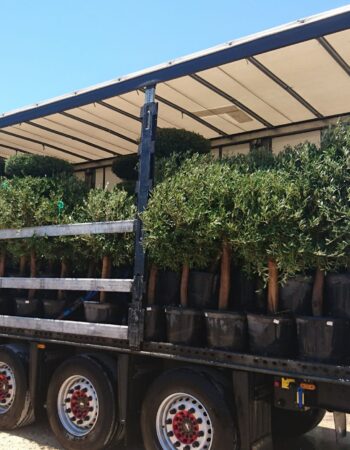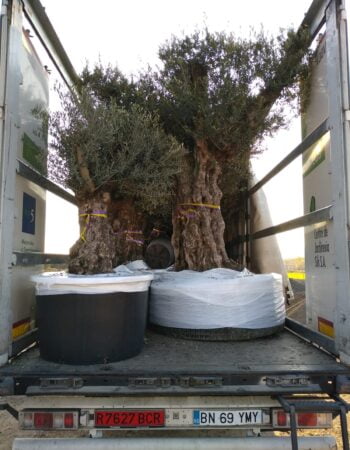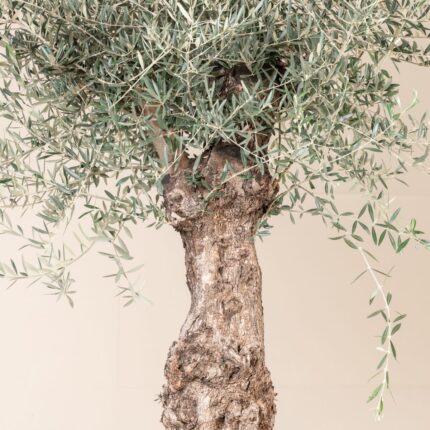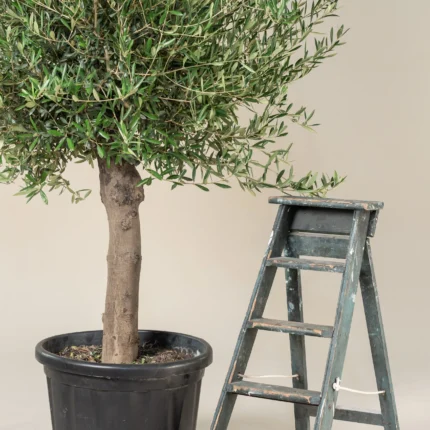Thuja
Thuja, commonly known as Arborvitae, is a genus of evergreen coniferous trees and shrubs that are popular for their use as hedges, screens, and ornamental plants in landscapes. The most commonly grown species include Thuja occidentalis (Eastern Arborvitae), Thuja plicata (Western Red Cedar), and Thuja standishii (Japanese Arborvitae). These plants are valued for their dense, scale-like foliage and their ability to maintain a green appearance year-round. They come in various forms, from tall trees to compact shrubs, making them versatile for different landscaping needs.
- Botanical Name: Thuja spp.
- Common Names: Arborvitae, Thuja
- Mature Height: Varies by species; generally 10-60 feet (3-18 meters). Some species can exceed 60 feet (18 meters).
- Mature Spread: Varies by species; generally 4-20 feet (4-6 meters)
- Growth Rate: Slow to moderate
- Light Requirements: Full sun to partial shade
- Soil Requirements: Well-draining soil; prefers loamy or sandy soils but tolerates a range of soil types
- Water Needs: Moderate; requires regular watering, especially during dry periods
- Foliage: Evergreen, with dense, scale-like leaves
- Flowers: Non-flowering; produces small, inconspicuous cones
- Fruit: Small, woody cones containing seeds
Uses:
- Hedging and Screening: Ideal for creating privacy screens or windbreaks due to its dense foliage and upright growth.
- Formal Landscaping: Adds structure and a formal appearance to gardens and landscapes.
- Boundary Marking: Effective for marking boundaries and creating distinct garden areas.
Benefits:
- Aesthetic Appeal: Features dense, green foliage that provides year-round visual interest and privacy.
- Versatility: Available in various sizes and forms, making it suitable for a wide range of landscaping applications.
- Low Maintenance: Requires minimal care once established, with occasional watering and pruning.
- Evergreen Quality: Maintains its green appearance throughout the year, adding consistent color to landscapes.
Thuja (Arborvitae) is a versatile and attractive choice for various landscaping needs, offering privacy, structure, and year-round greenery. Its adaptability to different soil types and its dense foliage make it a popular selection for hedges, screens, and formal garden settings.
Debes acceder para publicar una valoración.


CAREFUL TREE TRANSPORTATION
At Treezom, we take great care in transporting your trees to ensure they arrive in perfect condition. Our expert team uses various methods, depending on the size and volume of the order, to provide safe and efficient delivery. Whether you're ordering a single tree or a bulk order, we guarantee high standards of handling and care throughout the process.
MULTIPLE SHIPPING METHODS
- Truck Delivery: Ideal for local or regional deliveries, ensuring a smooth and timely shipment of your trees directly to your location.
- Sea Containers (20’ or 40’): Perfect for larger orders or international shipping. Our sea containers are equipped to handle bulk shipments with optimal protection.
- Other Customized Solutions: Depending on the size and nature of your order, we can offer tailored shipping methods to meet your specific needs.
No matter the shipping method, we use specialized packaging and handling procedures to protect the trees during transit, ensuring they arrive healthy and ready for planting.
Below, you’ll find key tips tailored to this species’ requirements. Whether you’re new to plant care or have plenty of experience, these guidelines are here to support you in keeping your green companion healthy and vibrant.
- Planting:
- Choose a location with full sun to partial shade and well-draining soil.
- Dig a hole twice the width of the root ball and equal in depth.
- Place the plant in the hole, backfill with soil, and water thoroughly.
- Ensure adequate spacing from other plants and structures to accommodate its mature height and spread.
- Watering:
- Water regularly during the establishment period to support healthy root development.
- Once established, Thuja requires moderate watering; allow the soil to dry slightly between waterings.
- Increase watering during prolonged dry periods or hot weather to keep the soil from becoming too dry.
- Pruning:
- Prune to maintain shape and density, especially if used as a hedge or screen.
- Light pruning can be done throughout the growing season, while major pruning should be done in late winter or early spring before new growth begins.
- Avoid heavy pruning into old wood, as it may not regrow effectively.
- Fertilizing:
- Feed with a balanced, slow-release fertilizer in early spring to support healthy growth.
- Use fertilizers formulated for evergreen trees to provide essential nutrients.
- Avoid over-fertilizing, as excessive nutrients can lead to excessive growth and potential issues.
- Pest and Disease Control:
- Thuja is relatively pest-resistant but can occasionally suffer from pests such as spider mites, bagworms, or scale insects; treat with appropriate insecticides if necessary.
- Monitor for diseases such as fungal infections, root rot, or rust; ensure good air circulation and avoid waterlogged soil.
- Regularly inspect the plant for signs of pests or disease and address issues promptly.
*This information is provided for informational purposes only. For more detailed care, please consult a professional Gardener or Arborist.


 SINGLE TREE
SINGLE TREE OUTDOOR POTS
OUTDOOR POTS
















 Single Tree
Single Tree
Valoraciones
No hay valoraciones aún.